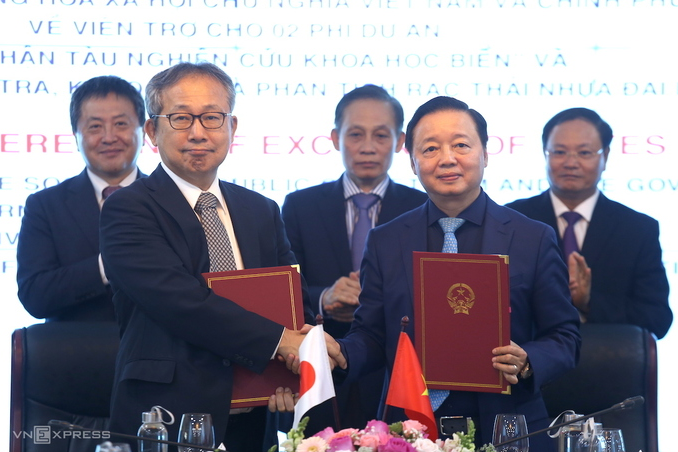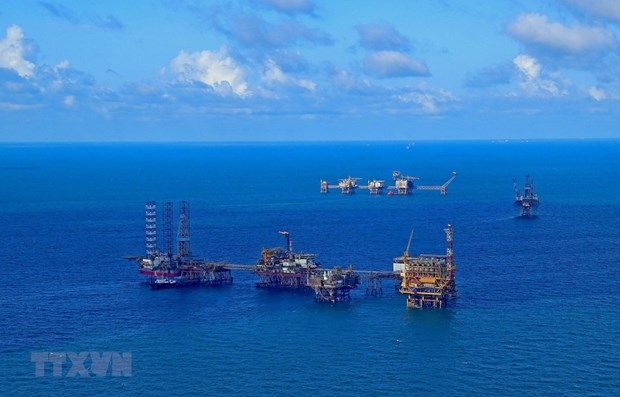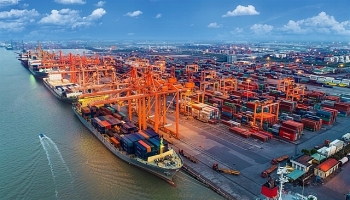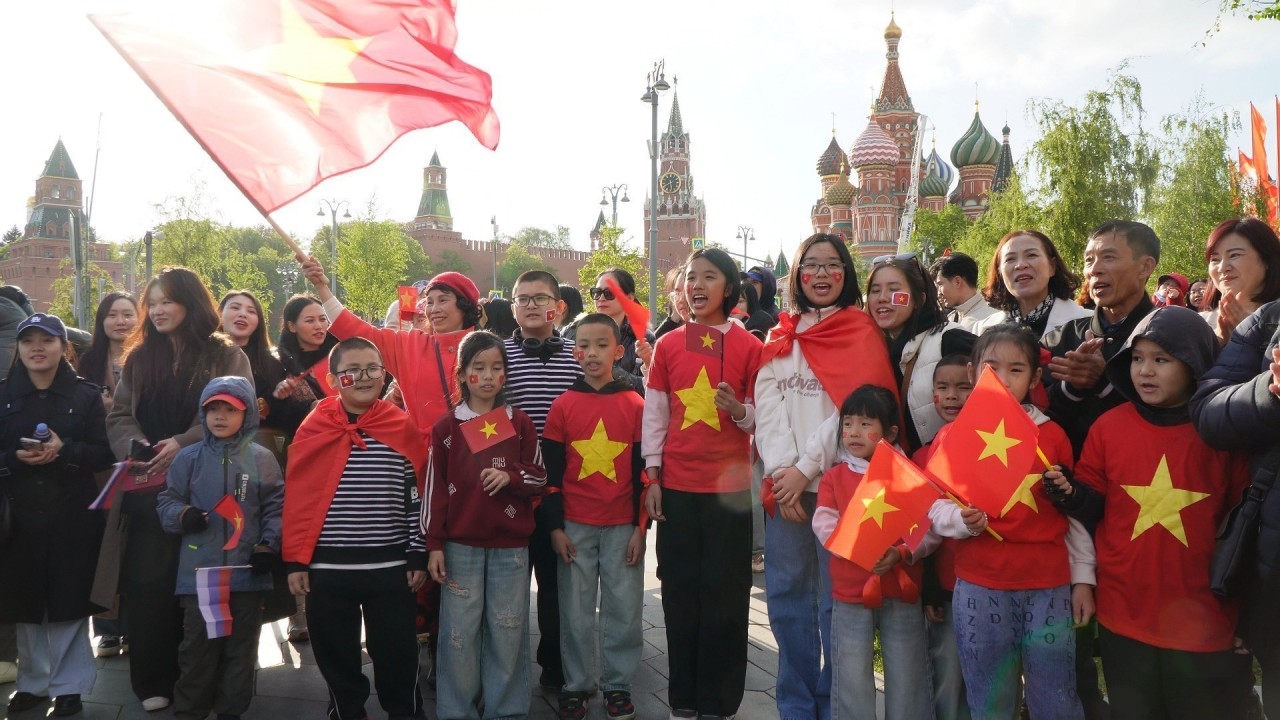Study of East Sea conveyed by Vietnamese experts from Russian vessel
| Japan gifts Vietnam with marine research vessel | |
| Potentials creating and developing for marine science and technology | |
| Vietnam to develop the marine economy and promote offshore exploitation |
The ship docked at Hai Phong Port in the eponymous city of northern Vietnam on Monday prior to taking 36 Vietnamese and Russian researchers on a voyage across the East Sea, known internationally as the South China Sea, on Tuesday.
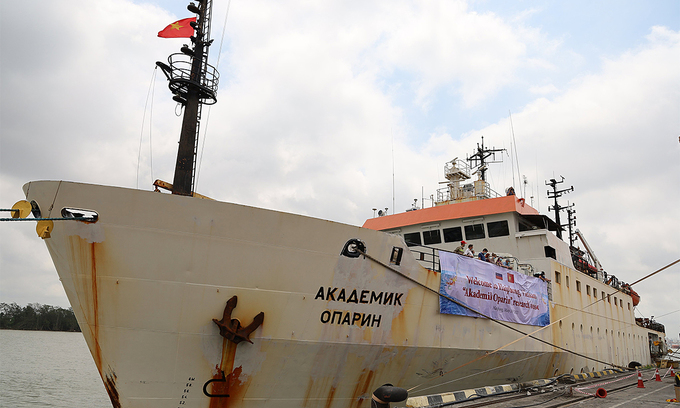 |
| Russian research ship Akademik Oparin docks at Hai Phong Port on May 10, 2021. Photo courtesy of the Vietnam Academy of Science and Technology. |
It marks the seventh field trip conducted by the Vietnam Academy of Science and Technology (VAST) and Russian Academy of Sciences in line with the "Roadmap for cooperation in marine research for the 2018-2025 period."
At the ceremony to welcome the ship Monday, which was held online due to Covid-19, Chau Van Minh, chairman of VAST, and Valentin Sergienko, president of Far East Branch, Russian Academy of Science, highlighted the importance of maritime research cooperation in promoting scientific research and training at the two academies during the past time, according to VnExpress.
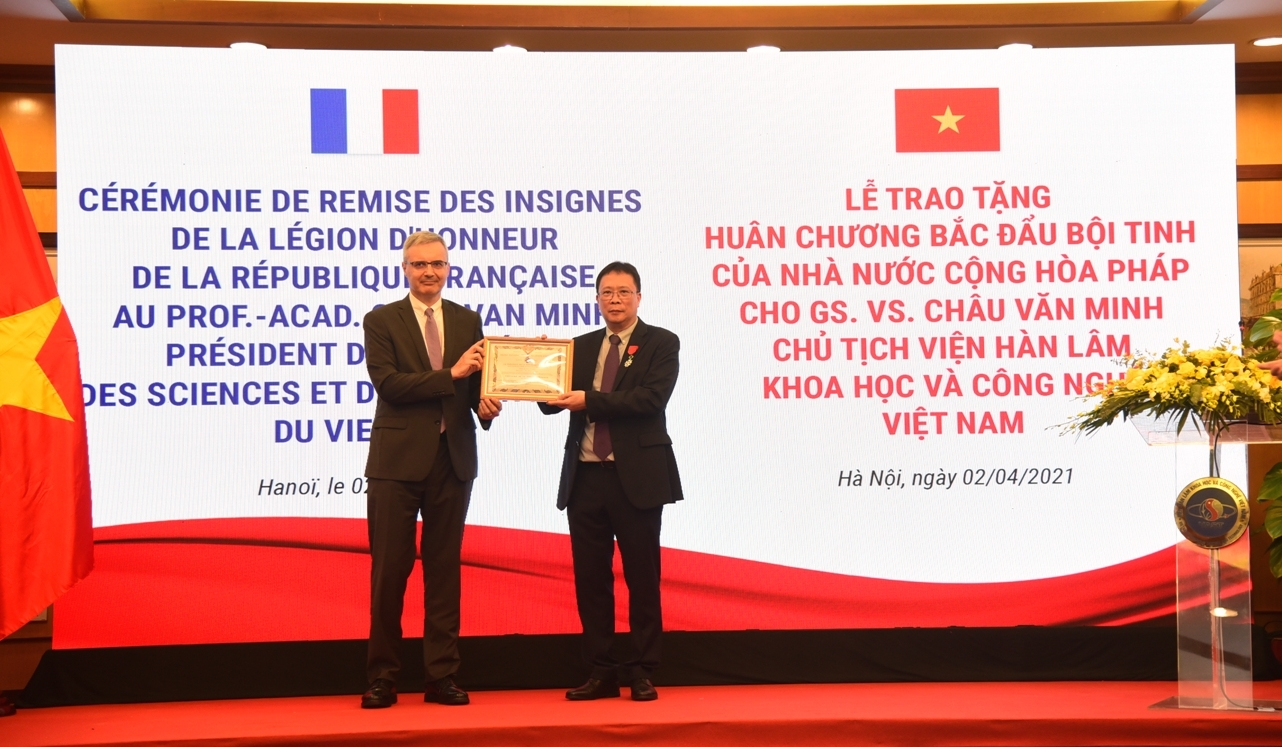 |
| Photo: Vietnam Academy of Science and Technology |
During the sixth trip in July 2018, the ship docked at Nha Trang in the central province of Khanh Hoa before conducting a 14-day tour to study the composition of coral reefs, accumulation of heavy metals in mollusks and active ingredients in marine microorganisms exploited at a depth of 500 meters in different weather conditions and temperatures.
Due to Covid-19, all crew members of the Akademik Oparin and all researchers will be quarantined on board when the trip concludes after a month.
The Akademik Oparin stretches 75.5 meters long and has a tonnage of 2,441.
She provides five laboratories and is equipped with 30 crew members.
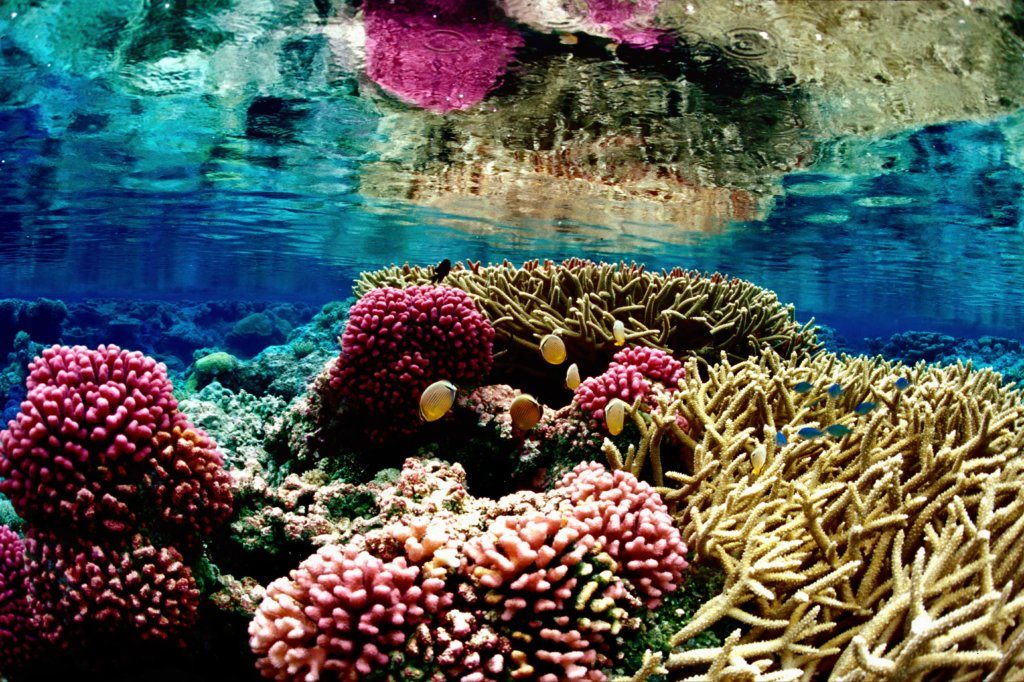 |
| East Sea coral reefs (Photo: Getty Images) |
This ecoregion encompasses several hundred islands, atolls, rocks, cays, banks, and reefs in three archipelagos of the East Sea. Coral reefs are the predominant structure of these islands; the Spratly group contains over 600 coral reefs in total. Little vegetation grows on these islands, which are subject to intense monsoons. They do, however, provide important habitat for many seabirds, as well as green and hawksbill sea turtles. Unfortunately, the East Sea Islands are still largely a mystery. Scientists have focused their research on the marine environment, while the ecology of the terrestrial environment remains relatively unknown. Ownership of many of the islands in this busy commercial fishery and trade route is disputed. Political instability and the increasing industrialization of neighboring countries has led to serious disruption of native flora and fauna, overexploitation of natural resources, and environmental pollution.
The East Sea Islands ecoregion encompasses numerous low-lying islands, rocks, reefs, sandbanks, and other types of partially submerged landforms situated far offshore. Coral reefs are the predominant structure of these islands, and existing vegetation is mainly a coral island evergreen forest of Pantropic species. The group’s isolation and structure differentiate them from neighboring islands and from the mainland.
Little is known about the terrestrial biodiversity of the East Sea Islands, as they have not been studied in scientific detail. Primarily, research is focused on the marine environment, which is extremely important to the region. The islands are frequented by marine turtles and many species of seabirds.
Both the green turtle (Chelonia mydas) and the hawksbill turtle (Eretmochelys imbricata) formerly occurred in numbers sufficient to support commercial exploitation. These species reportedly continue to nest even on islands inhabited by military personnel (such as Pratas) to some extent, though it is believed that their numbers have declined.
Marine life in the politically disputed East Sea took another hit over the past year, researchers said, due to overfishing and lack of international efforts to protect species.
Vessels from multiple Asian countries are going farther out into the 3.5 million-square-kilometer sea and casting deeper because coastal waters yield increasingly little, scholars and published research indicate. Giant clam harvesting, added to use of cyanide and dynamite bombing for fish, damaged coral reefs last year, the analysts said.
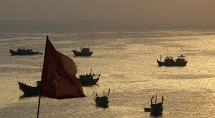 | Vietnam, China hold talks on less sensitive marine cooperation areas Vietnam, China will work towards the signing of a cooperation agreement on search and rescue at sea, and a deal on the establishment of a ... |
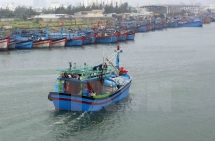 | Marine communications devices provided for fishermen in Quang Ngai province The Quang Ngai provincial Red Cross on January 11th presented 35 marine communications devices to fishing vessels’ owners in Duc Pho and Mo Duc districts. |
| Fishermen provided with updated marine safety knowledge Nearly 100 fishermen in four communes of Tinh Gia district in the central province of Thanh Hoa were provided with knowledge on sea and islands ... |
Recommended
 National
National
Vietnam News Today (May 31): Vietnam Strongly Supports Laos’s National Development
 National
National
Vietnam News Today (May 30): Vietnam, Venezuela Reinforce Ties Through People-to-people Diplomacy
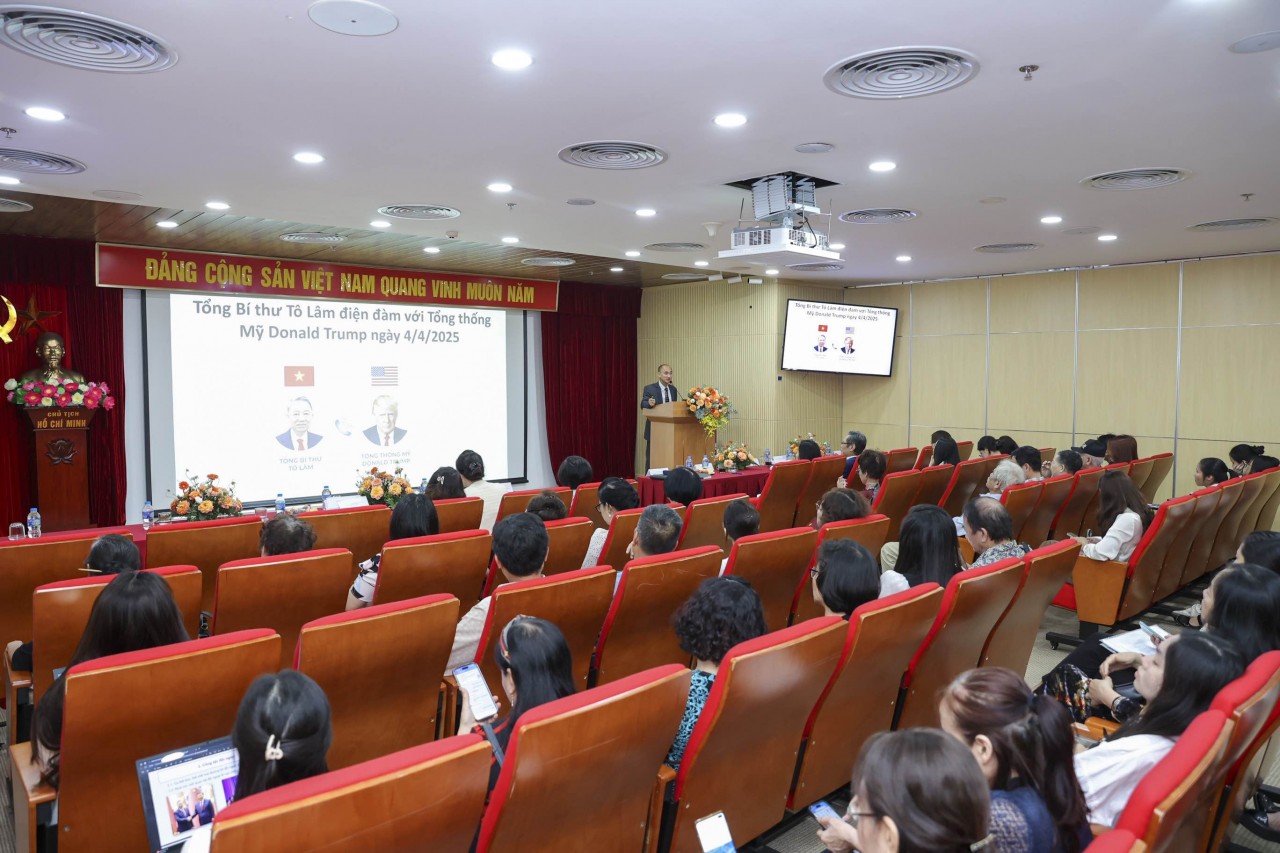 National
National
Vietnam News Today (May 29): Vietnam and Hungary to Expand Cooperation into New Areas
 National
National
Vietnam News Today (May 28): Vietnam and China Discuss Strategic Cooperation Orientations
 National
National
Vietnam News Today (May 27): Vietnam Treasures Multifaceted Collaboration with France
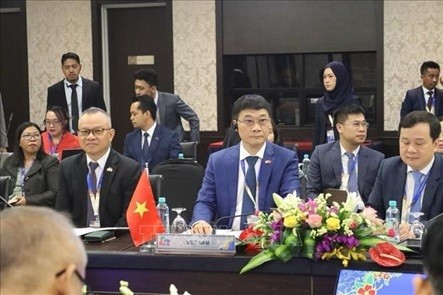 National
National
Vietnam Commits to Building an Inclusive, Sustainable and Cohesive ASEAN
 National
National
Vietnam Proposes Vision for Responsible Digital Journalism Cooperation
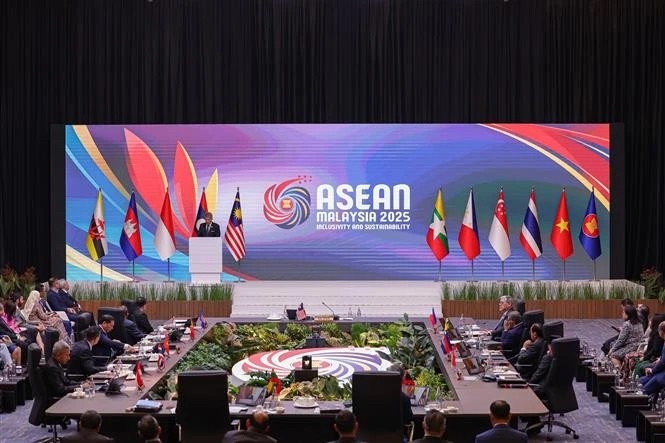 National
National

